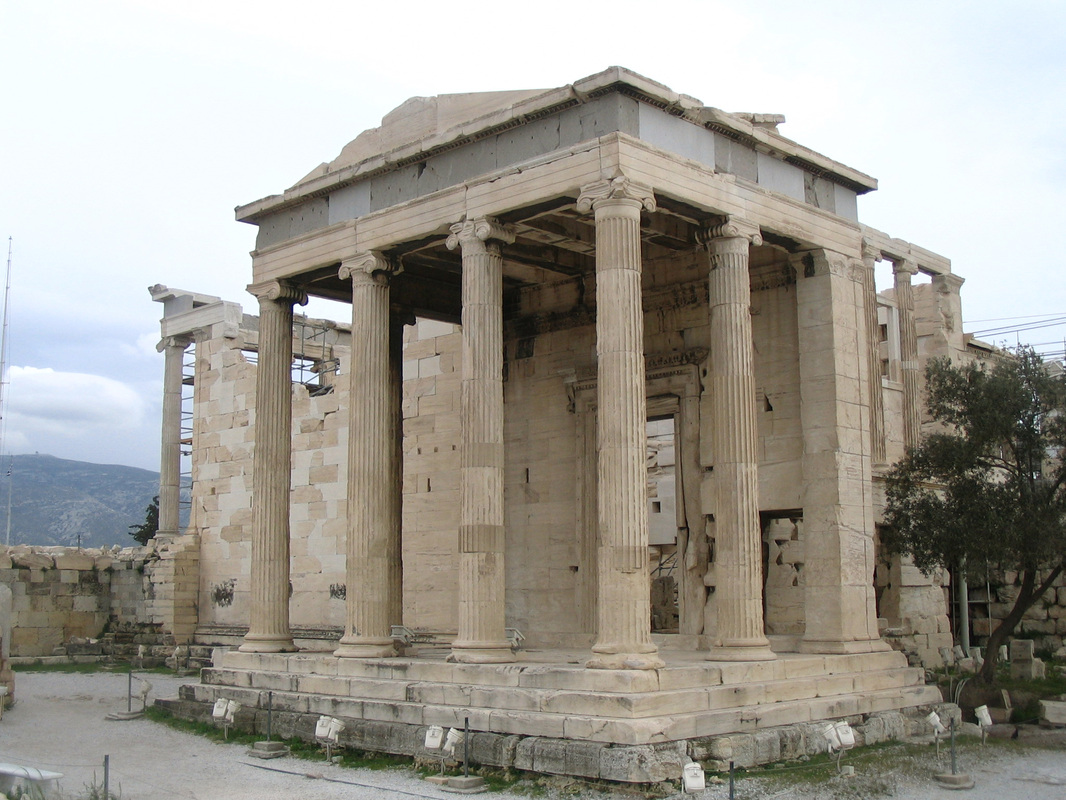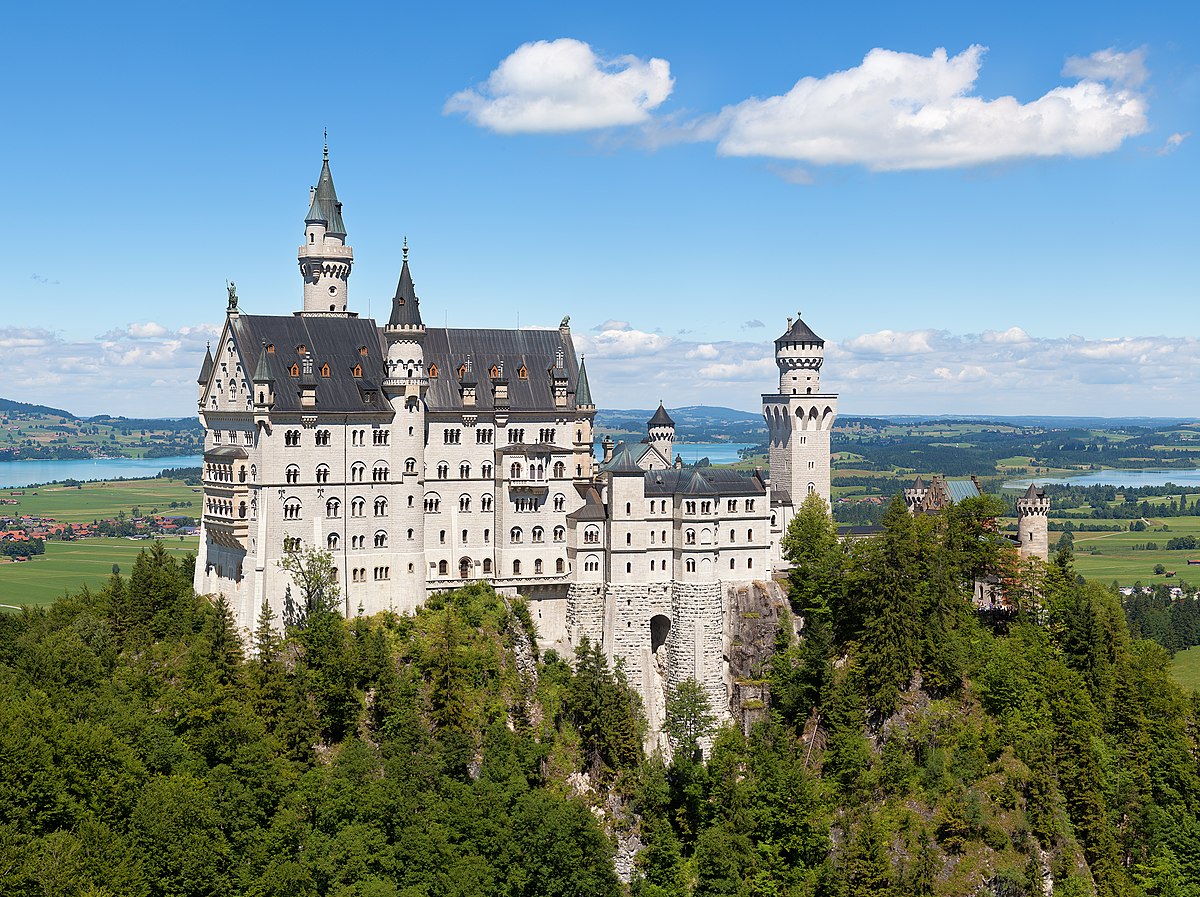We’re going around in circles at this point, and I won’t have anything further to add to the following:
1. I wasn’t the one who introduced the notion of architectural norms in the first place. That particular debate was begun by others in the crêperie thread, of which this one is simply an overblown tangent.
2. That each tradition has norms—let’s avoid the more stringent term “rules”—is something we all seem to accept here. Yes, there is considerable scope and variety in how things were historically done, but certain features, standards, and principles remained characteristic of a given tradition or family of traditions. That, after all, was the basis of most of the complaints about the crêperie.
3. In no variety of classicism are Ionic colonnades treated as they are at the American Adventure. That’s not a criticism of what the Imagineers did, but an admiring acknowledgement of it. The result is exceptional, perhaps even unique in the world, and that’s no bad thing.
4. The Ionic portico shown in my previous post follows a venerable model that goes all the way back to Classical (with a capital-C this time) Greek precedent. Here’s the Erechtheion in Athens:
5. Almost every point I’ve made has been met with a reaction that makes it seem as if I’m insulting Disney Imagineers. I’m not. I’m actually celebrating the very thing they’re named for: their imaginativeness.
6. As you noted a few pages ago, this
should be a fun thread. Things have got weirdly tense, and I’m not exactly sure why. I may get myself into further trouble for saying this, but it
is a theme park we’re discussing, and it would be great if the tone of the thread could reflect that.




